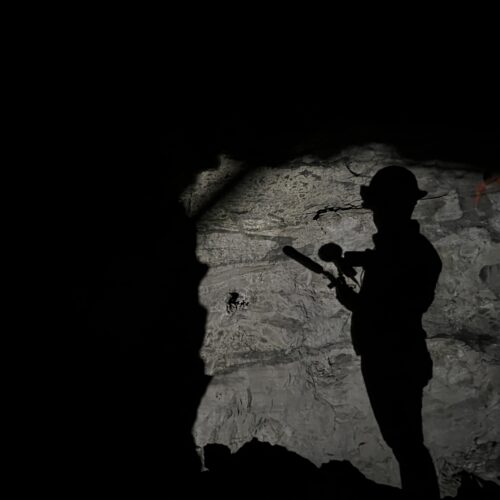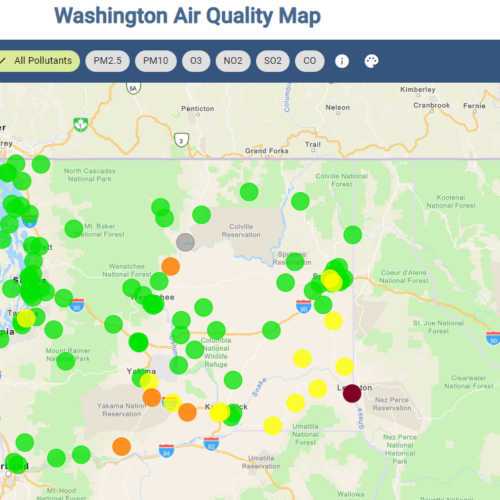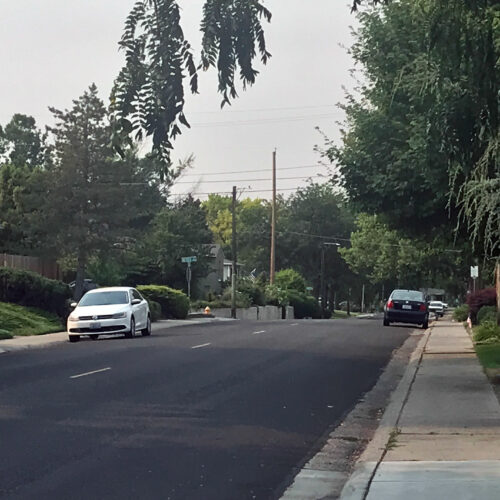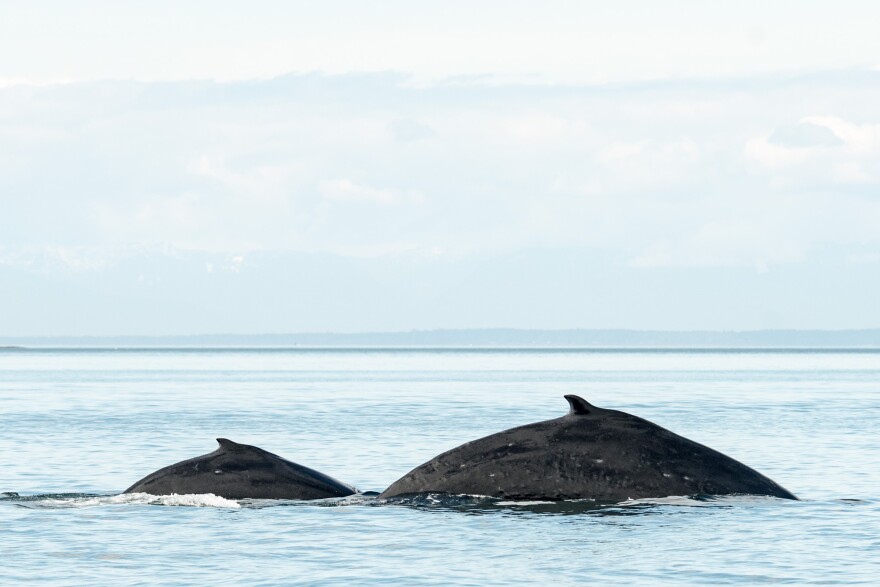
Record Numbers Of Bigg’s Killer Whale Sightings And Humpback Calves In Salish Sea
READ
Whale watchers have spotted a record number of humpback calves in inland Pacific Northwest waters this season. There was also a record streak of Bigg’s killer whale sightings that just ended, according to a local whale research nonprofit. Those observations offer some good news to offset the ongoing concern about the survival of the Northwest’s iconic, but critically endangered resident orcas.
Bigg’s killer whales are the mammal-eating cousins of the endangered Southern Resident orcas. They hunt seals, sea lions and porpoises.
The San Juan Island, Washington-based Orca Behavior Institute on October 21 marked the end of a remarkable streak of 216 consecutive days with a confirmed Bigg’s killer whale sighting somewhere in the Salish Sea — the inland waters of Washington state and southern British Columbia, including Puget Sound, the Strait of Georgia and Strait of Juan de Fuca. The record-breaking streak started on March 19. Bigg’s killer whales have been re-sighted this week in local waters on non-consecutive days.
Institute director Monika Wieland Shields said her nonprofit has recorded a “whopping” 951 unique Bigg’s sightings so far this year in inland waters. That tally, as of October 28, represented a 27 percent increase over the previous annual record of 747 Bigg’s sightings in 2019.
The Orca Behavior Institute collects sightings data from the Pacific Whale Watch Association, Orca Network, as well as from online message boards where citizen observers post reports and photos.
Bigg’s killer whales used to be more commonly known as “transient” orcas, but the latter name is falling out of favor according to the executive director of the professional tour operators group Pacific Whale Watch Association.
“The reason that we’re emphasizing their new name, the Bigg’s killer whales, is because they are not so transient anymore,” Erin Gless said. “That old name is a misnomer.”
Separately, Gless said she was delighted by the number of distinct humpback whale calves seen in inland Northwest waters lately. A record 21 humpback babies have been documented and photographed by whale watchers and researchers in the Salish Sea this year. That figure is almost double the number observed last year, when 11 calves were documented in tracking data maintained by the Center for Whale Research.
The humpback calves were born last winter in the warm waters of Hawaii or Mexico and then migrated with their mothers to the Pacific Northwest coast to feed on krill and bait fish.
Gless said it is hard to know with certainty if there is a particular trend behind the baby boom — such as plentiful food supply — or if it is a function of the general comeback of humpback whales. The regional humpback population was largely wiped out by commercial whaling almost a century ago.
“One of the big telltale signs will be next year, how many calves we have next year,” Gless said. “If this is a trend that continues to increase, it could just be as simple as the fact that as we start to see more and more humpback whales in the area, obviously that means we’ll see more calves here in the area as well.”
The good fortunes of humpback whales and the Bigg’s killer whales contrast with the travails of the critically endangered Southern Resident killer whales who share the same waters for a good part of the year. The population of the resident orcas currently stands at 73-74 individuals, near a 30-year low.
Chinook salmon are the preferred food of the Pacific Northwest’s resident orcas and many of those salmon runs are also on the endangered or threatened species lists. The three pods in this population of fish-eating orcas have struggled to grow amid a trio of pressures: lack of prey, environmental contaminants and human disturbance from vessel traffic and underwater noise.
Last month, the Washington Department of Fish and Wildlife asked whale watchers and other boaters to give the Southern Resident orcas extra space to forage undisturbed. This followed the discovery by researchers doing routine monitoring that three females in J-pod are in the late stages of pregnancy.
Gless said the Southern Resident orcas used to be the star attractions for the region’s whale watch tour operators, but the Bigg’s killer whales and resurgent humpback whales have now taken their place.
“Whale watching here in the Salish Sea has changed dramatically in the last five years,” Gless said. “We just have so many more whales to see. And thank goodness, because the Southern Residents have been here very, very infrequently.”
Related Stories:
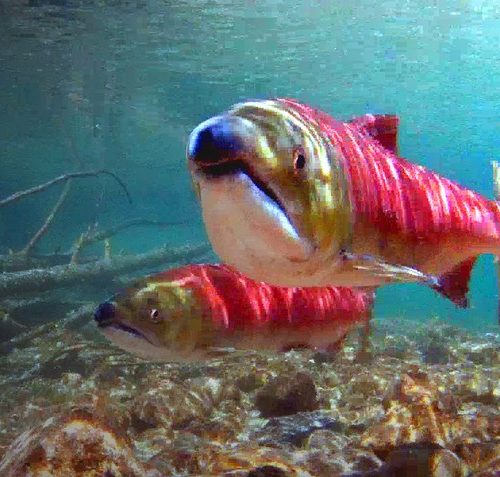
Tribal members gather to demand U.S. Government fulfill treaty obligations
Sockeye salmon like these are among the salmon species in peril. (Credit: Aaron Kunz) Listen (Runtime 2:57) Read For Northwest tribes, removing the four lower Snake River dams means more
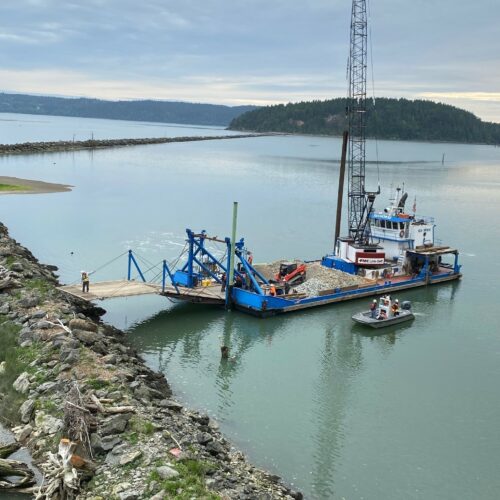
Dead salmon prompt Army Corps of Engineers to repair Skagit River jetty
The Army Corps of Engineers began emergency repair work May 22 on a jetty that sits at the mouth of the Skagit River’s North Fork, near La Conner.
Crews will use cobble and sediment to essentially plug porous areas of the McGlinn Island Jetty. Those gaps have stranded, harmed or killed out-migrating juvenile salmon this spring, according to a press release from the Swinomish Indian Tribal Community.
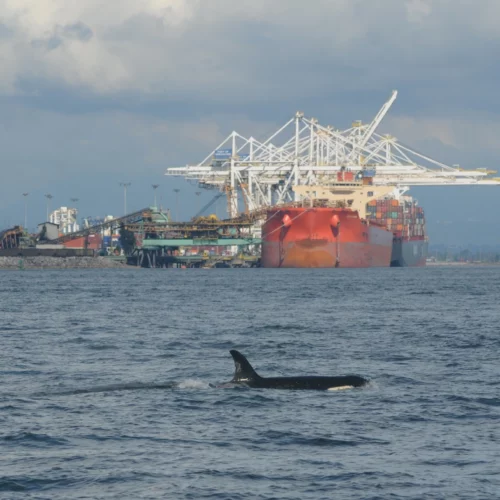
Captains of big ships eased up on the throttle during trial slowdown to help endangered orcas
The majority of captains of big commercial ships entering and leaving Puget Sound are cooperating with a request to slow down temporarily to reduce underwater noise impacts to the Pacific Northwest’s critically endangered killer whales. The duration of the experimental slowdown – modeled on a similar project in British Columbia – will be extended into the new year, organizers announced after a status report and celebration on the Seattle waterfront Friday.




